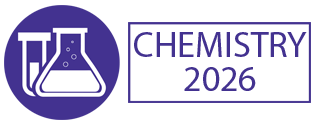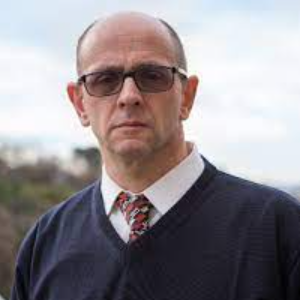Title : H₂ dissociation at Ni(111) supported single-layer graphene
Abstract:
Adsorption and surface reactivity of 2D Materials such as graphene and h-BN is essential to understand at the fundamental level their sensing and catalytic properties as well as their functionalization. The interaction with the support is an important and not usually considered factor in applications. To study the effect of the substrate (Ni(111) in the present study) on the adsorption of H2 single layer graphene is grown on Ni(111) by exposure to C2H4. Adsorption at room temperature (RT) in the mbar range is monitored by Near Ambient Pressure (NAP) XPS in beamtimes at Soleil and PSI Light Sources. Inspection of in-operando spectra shows that H2 can dissociate on graphene on Ni(111) when exposure is performed under NAP conditions with H2 pressure in the mbar range, i.e. significantly lower than for free standing graphene. Theoretical DFT calculations show that this is possible thanks to a substantial reduction of the activation barrier in presence of the Ni substrate.
Moreover when graphene coexists with NiO patches, an even higher H coverage is attained under the same conditions.
The strong interaction with the Ni(111) substrate substantially increases the reactivity of single layer Graphene with H2 paving the way to the use of supported 2D materials as active supports and possibly even as catalysts.




